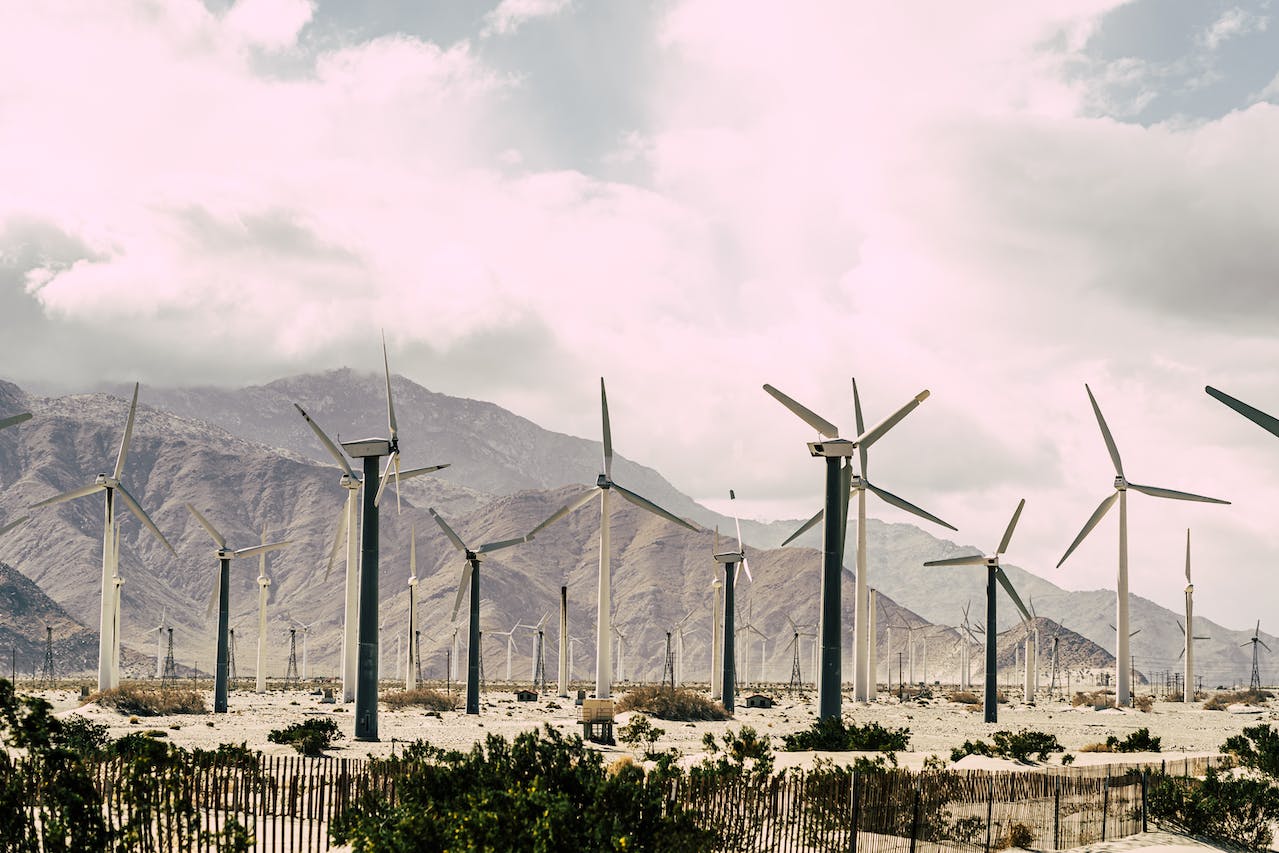A year following the historic passage of the largest climate change legislation in US history, President Joe Biden’s vision for a clean energy future is encountering formidable obstacles as economic realities clash with the ambitious goals set by the Inflation Reduction Act (IRA).
Soaring financing and materials costs, unreliable supply chains, delayed rulemaking in Washington, and sluggish permitting processes have led to a series of setbacks, ranging from offshore wind project cancellations by industry leader Orsted in the US Northeast to scaled-back electric vehicle (EV) manufacturing plans by Tesla, Ford, and General Motors.
The fading prospects of the clean energy sector present a substantial challenge for President Biden and his visionary pursuit of a net-zero economy by 2050. Despite the billions in tax credits provided by the IRA, the headwinds confronting his vision for clean energy development remain unresolved.
After proudly showcasing the IRA as evidence of unprecedented progress in the fight against climate change at last year’s United Nations climate summit in Egypt, President Biden is expected to skip this year’s event in Dubai. Dire warnings about the slow global response to avert the worst of global warming loom large.
Clean energy experts predict that the mounting setbacks will make it even more challenging for the United States to achieve its ambitious ambitious vision for clean energy and decarbonize by mid-century.
“While we see healthy numbers being deployed each and every quarter and we’re continuing to be on a growth path, it’s certainly not at the level that is required to hit some of those targets,” remarked John Hensley, vice president for the clean energy trade group American Clean Power Association (ACP).
The challenges extend beyond the US, with no major nation on track to meet emissions reduction goals outlined in the United Nations’ Paris accord, aiming to limit global warming to 1.5 degrees Celsius, according to Wood Mackenzie.
A White House official acknowledged macroeconomic setbacks and bottlenecks at the local level in renewable energy deployment but highlighted examples of progress, including an expanding EV market and Dominion Energy Inc making strides on the nation’s largest offshore wind farm off the coast of Virginia.
“In the face of headwinds that are macro in nature, headwinds that affect decision making across the economy, this has been a resilient trajectory,” said White House National Climate Advisor Ali Zaidi in an interview, expressing confidence in the nation’s ability to achieve its climate goals.
However, an analysis by the ACP reveals that more than 56 gigawatts of clean power projects, enough to power nearly 10 million homes, have been delayed since late 2021. Solar energy facilities, comprising two-thirds of these delays, face challenges partly due to US import restrictions targeting forced labor and tariff evasion in a supply chain dominated by Chinese goods.
Challenges such as permitting gridlock, local disputes over project siting, and an extended grid connection process are consistently highlighted by developers as significant hurdles in the pursuit of the vision for clean energy.
Despite the hurdles, the clean energy sector has witnessed increased investment in certain areas. Prakash Sharma, vice president of scenarios and technologies at Wood Mackenzie, noted that while investment has risen in some areas, challenges related to permitting, approvals, and infrastructure development persist.
Tight supplies and high demand for renewables have led to increased contract prices, potentially resulting in higher costs for consumers. Solar contract prices rose 4% to reach $50/MWh for the first time in the third quarter, according to tracking firm LevelTen.
Vic Abate, Chief Executive of GE Vernova’s wind business, acknowledged progress is slower than anticipated but expressed confidence in the IRA’s eventual impact. “I’m not betting against the IRA,” he said in an interview.
The IRA aims to strengthen the US clean energy supply chain by incentivizing domestic production of equipment like solar panels and wind turbines. However, manufacturers have raised concerns about new Asian capacity threatening planned American factories.
The nascent US offshore wind industry faces significant setbacks, with developers like Orsted, BP, and Equinor renegotiating or canceling contracts due to soaring costs. The Biden administration’s goal of deploying 30 gigawatts of offshore wind by 2030 is now widely seen as unattainable.
Some corporations are delaying investment decisions, awaiting Treasury Department rules on how the IRA’s tax credits can be utilized. Despite ongoing challenges, the United States maintains momentum in advancing its vision for clean energy and addressing climate change. This progress is particularly noteworthy when contrasted with the previous endeavors of the Trump administration to dismantle climate protection policies, as noted by Dan Reicher, a scholar at Stanford University.
“These are the normal ups and downs of clean energy development and deployment,” Reicher said. “I think we can go to COP with our chin held high that we’re making some real progress.”
In conclusion, amidst the hurdles and setbacks, the steadfast dedication to a transformative vision for clean energy serves as the beacon guiding the United States toward a sustainable and decarbonized future.
Source: Reuters



